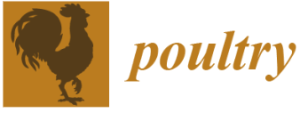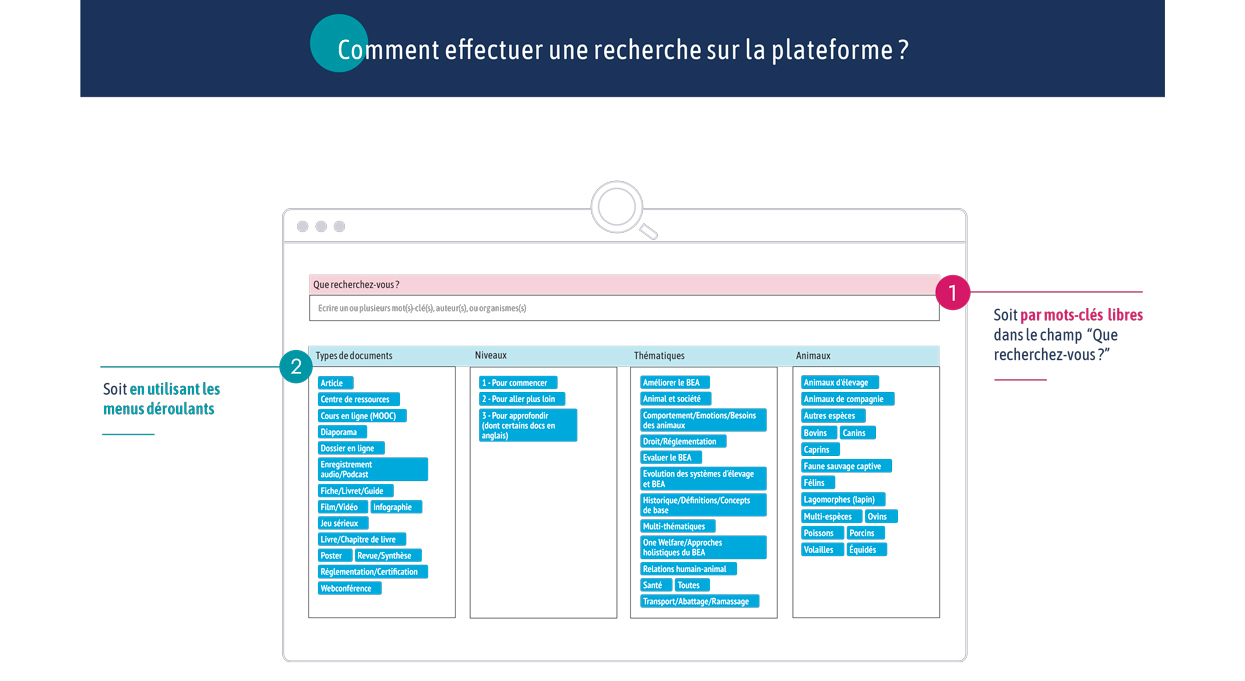Type de document : revue scientifique publiée dans Poultry
Auteurs : Awal Fuseini, Mara Miele, John Lever
Résumé en français (traduction) : Protection des volailles à l’abattage
Des milliards de volailles sont abattues chaque année dans le monde pour fournir des protéines à une population humaine en pleine expansion. Le grand nombre d’oiseaux produits dans des systèmes conventionnels pose des problèmes de bien-être animal pendant la production, le transport et au moment de l’abattage. Si nous reconnaissons l’importance des questions de bien-être pendant l’élevage et le transport, cet article met l’accent sur la protection des volailles au moment de l’abattage. Les impacts de la manipulation manuelle, de la mise tête en bas et de l’accrochage, l’utilisation de paramètres d’étourdissement électrique inappropriés et l’utilisation de mélanges de gaz aversifs pendant l’étourdissement en atmosphère contrôlée sont quelques-uns des problèmes de protection animale évidents ; si la zone d’entrée au bain d’eau est humide et non isolée, la protection des oiseaux peut également être compromise pendant l’étourdissement par électronarcose en raison des chocs préalables à l’étourdissement. Nous soulignons également l’utilisation de méthodes d’étourdissement aversives telles que le gaz carbonique à haute concentration, dont il a été démontré qu’il compromet le bien-être des oiseaux. En conclusion, nous proposons quelques réflexions sur les moyens d’améliorer la protection des oiseaux pendant la manipulation avant l’abattage, l’étourdissement et la découpe du cou.
Résumé en anglais (original) : Billions of poultry are slaughtered globally each year to provide protein for a rapidly expanding human population. The large number of birds produced in conventional systems presents animal welfare issues during production, transport, and at the time of slaughter. While we recognise the significance of welfare issues during rearing and transport, this paper highlights the welfare of poultry at the time of slaughter. The impacts of manual handling, inversion and shackling, use of inappropriate electrical stunning parameters, and the use of aversive gas mixtures during controlled atmosphere stunning are some of the evident welfare lapses; if the entrance to the water bath is wet and not isolated, bird welfare can also be compromised during water bath stunning because of pre-stun shocks. We also highlight the use of aversive stunning methods such as carbon dioxide gas at high concentrations, which has been shown to compromise bird welfare. In conclusion, we offer some reflections on ways to improve the welfare of birds during pre-slaughter handling, stunning, and neck cutting.






